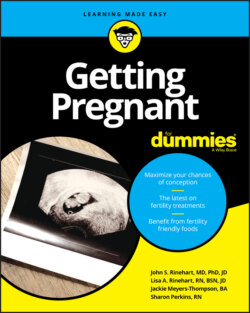Читать книгу Getting Pregnant For Dummies - Sharon Perkins - Страница 134
Planning Treatment for the Second Time Around
ОглавлениеApproaching secondary infertility is not that different from approaching primary infertility. First, what were the circumstances surrounding the previous pregnancy: Was it spontaneous or was it achieved through treatment for infertility? If there was an infertility diagnosis, is that a diagnosis that does not change as a result of a pregnancy? Have you tried long enough: six months if over the age of 35 and one year if younger? Has something changed in your life that would suggest a change in fertility?
Consult your doctor or, if you were working with an REI, consult with that REI.
At this point, diagnostic testing will usually be in order. Check all three areas associated with normal fertility: eggs, female anatomy, and — yes — the male.
Based upon the results of these tests, you can choose a path that gives you the best chance for another successful pregnancy.
Success rates for secondary infertility are the same as for primary infertility because they are based upon the diagnosis. If the diagnosis has changed — for example, age-related infertility — then the chance of success may be less than it was for the first pregnancy. Only your medical provider can determine this.
